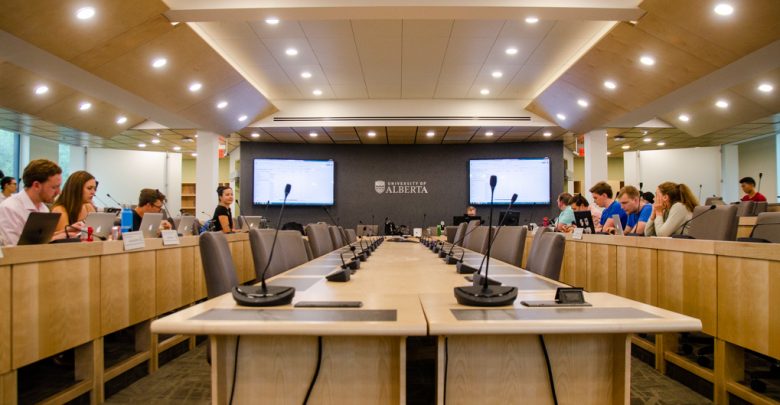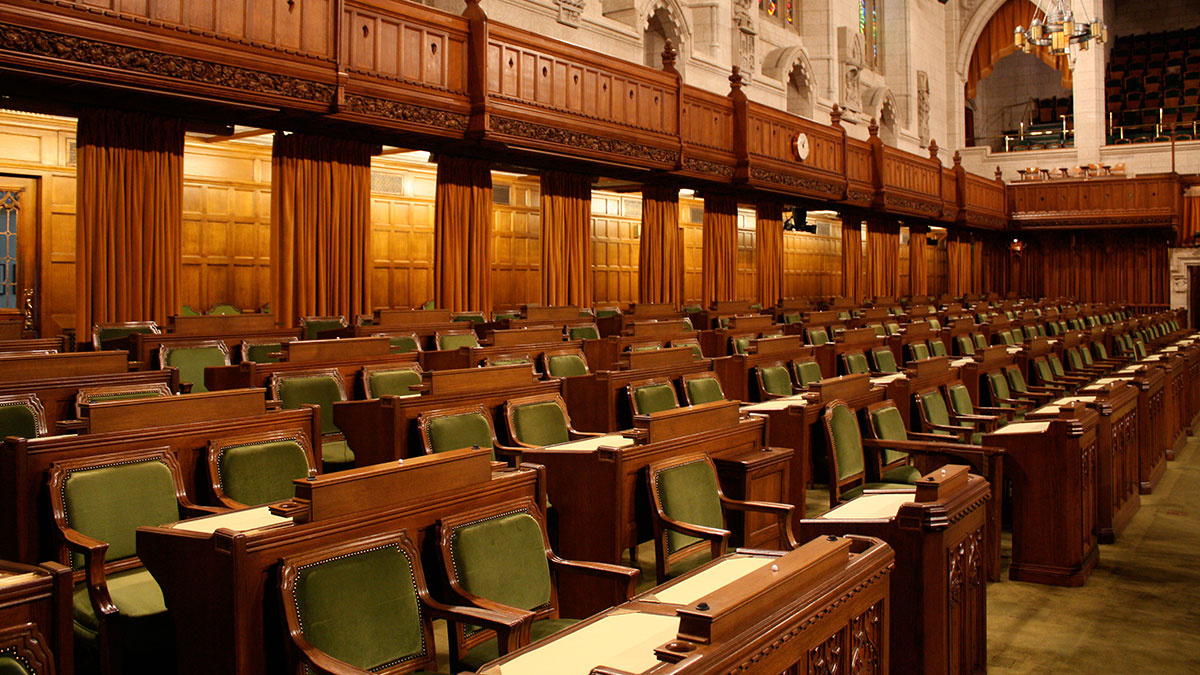 Richard Bagan
Richard BaganThe Students’ Union (SU) proposed Capital Plan campaign would shift capital funding for student spaces across campus from the university to the SU, setting a dangerous precedent that would end with students paying more money than they are now.
The Capital Plan proposal, created by SU vice-president (operations and finance) Emma Ripka, would be a new mandatory fee of around $30 per term (exact price and schedule to be determined) to fund renovations of SUB and new “non-academic” spaces across campus. Ripka’s proposal for the first few years of the Capital Plan fee focuses on refreshing SUB, the SU’s own building. While I fully support funding to keep SUB modern and comfortable, a potentially permanent $30 per term levy is not a progressive solution.
SUB is a core asset of the SU, and maintenance for it should not be spun out of the core SU membership fee into a separate budget. If the SU can’t afford to maintain SUB as-is, it should raise the base membership fee or find savings in its existing budget.
If the SU wants to renovate SUB, they should propose it in a referendum with a project-specific levy. VP Ripka said the levy is a good idea given “voter apathy,” which sounds more like a sad excuse for the SU to give up on trying to get student support. Students have proven they’ll support projects they see benefit in, such as the SUB Atrium and the PAW Centre. Students should also have the right to shoot down projects they don’t support, like the Myer Horowitz/Student Events Initiative plan. The Capital Plan levy would take away that right from the student body and give it to Students’ Council forever.
Outside of SUB, student space is an essential service that the university needs to provide. The university cannot function without space for students to exist on campus. Administration knows this, which is why it budgets and fundraises to construct and maintain spaces across campus. While student space is lacking in many buildings on campus, particularly in the Faculty of Arts, this doesn’t mean that students should volunteer to pick up the tab to fix it.
The university is already investing in creating new student spaces and renovating old ones. In the past three years, we’ve seen new student spaces constructed in ETLC/ECERF, Augustana, and BioSci. New furniture has been added to CCIS and Humanities. Libraries have been leading the charge on campus by replacing furniture, renovating the main floor of Rutherford North, adding more bookable study rooms, and making more space for students by moving books off campus to the newly opened Research & Collections Resource Facility (RCRF) warehouse at South Campus.
The government-funded renovation of the Dentistry/Pharmacy building, and the planned closure of Michener Park, will collectively wipe $105 million from the university’s deferred maintenance bill. Planning has already begun to refresh CAB and the troubled Fine Arts Building. All of this has been happening without any rise in student fees. While the university and successive provincial governments created today’s deferred maintenance crisis, they’re successfully tackling the problem without raiding student wallets.
The levy would set a dangerous precedent with university administration and the provincial government. Students are always advocating for improvements to essential university services like physical and mental health, academic support, dining options, and of course, student space. If students show we’re eager to pay up to fix the university’s mistakes on student spaces, what’s to stop the Board of Governors from asking us to pay to solve our next complaint? Why would the government bother to fund renovations like ECERF/ETLC if students are clamouring to pay for it themselves?
The SU campaigned for decades to reduce the cost and scope of mandatory non-instructional fees (MNIFs), and the Capital Plan levy is an MNIF by any other name. In 2016, SU President Navneet Khinda celebrated when she succeeded in combining a laundry list of arbitrarily created MNIFs into the simplified fee structure we pay with tuition today. One of the fees Khinda eliminated was the Common Student Space, Sustainability, and Services (CoSSS) fee, which had been ostensibly funded the university’s maintenance and development of student spaces. The Capital Plan levy would be duplicating the same idea we fought so hard to kill, with a bit more student control.
All of this is beside the point that the plan is expensive. Potentially $60 a year will eat up a sizeable portion of the savings students earned from the SU-advocated tuition freeze, and there’s only one year left before tuition starts rising with inflation again. $60 might not seem like much, but to a lot of students, it represents a textbook or a week of groceries. The glamour of constructing new SU-branded study lounges across campus might be worth the cost to diehard SU fans, but students can already migrate to bougie spaces like Peter Lougheed Hall if they really want to sit in an overpriced chair.
I usually support letting weak proposals fail at the popular vote, but this is one idea that should die at Council. I don’t think the SU has fully considered the long-term harm this proposal would have on advocacy and funding for student services. Handing the university more student money is not a solution the SU should be proposing under any circumstances.
The Students’ Union should stick to SUB. Let the university run their own buildings and pay their own bills.




